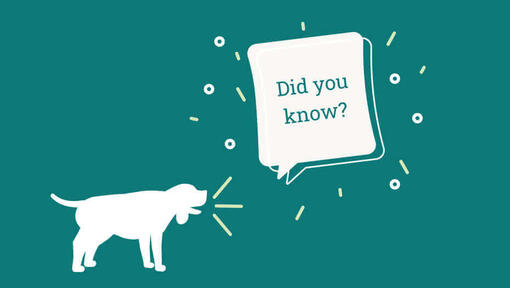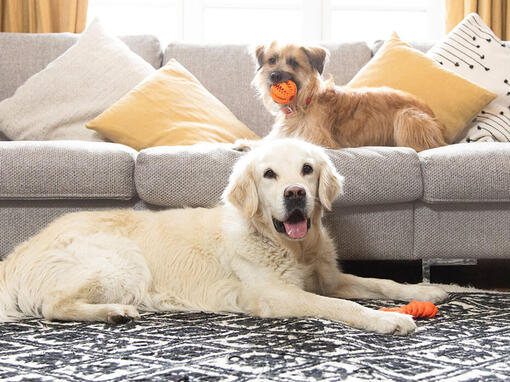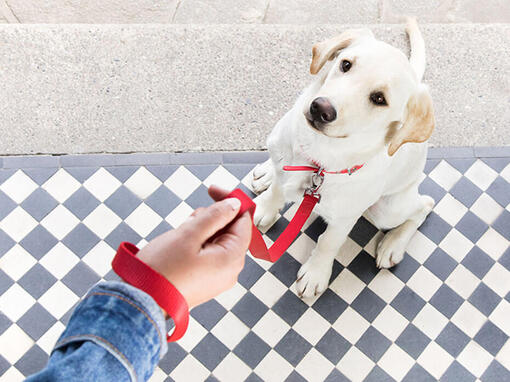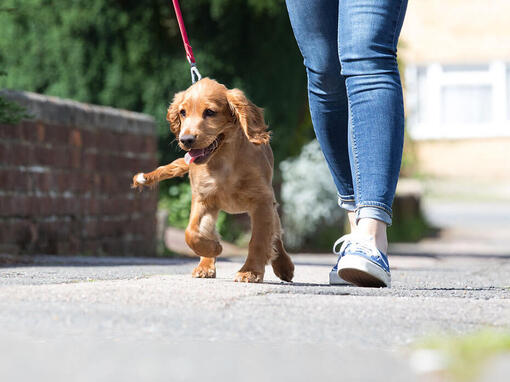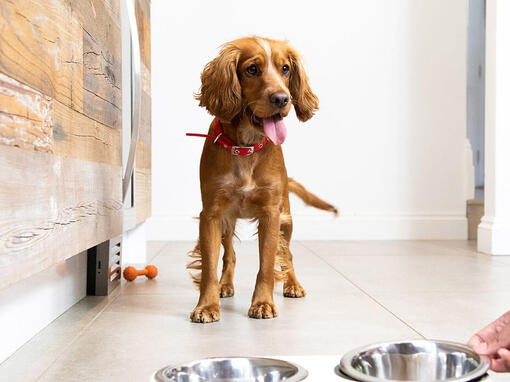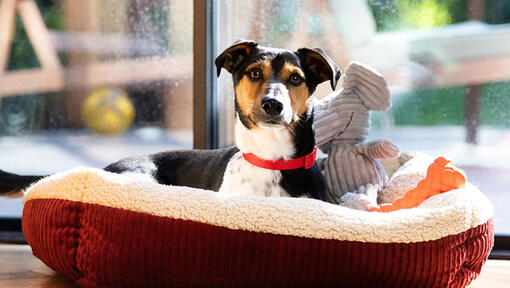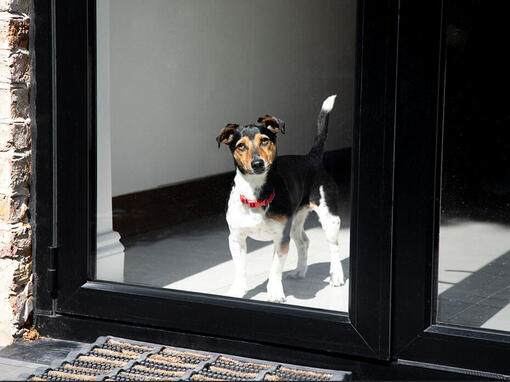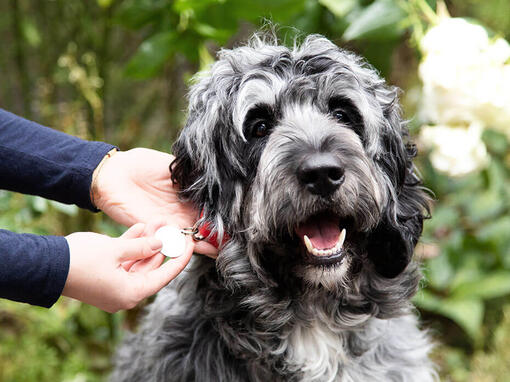The Chorkie likely originated in the United States in the early 1990s, when designer breeders purposely mixed the Chihuahua and the Yorkshire Terrier for the first time. The Chorkie quickly grew in popularity, thanks to its cute looks and small size, allowing it to fit into any family’s lifestyle, no matter how small their home and garden.
To understand this relatively new breed properly requires an understanding of the two breeds involved in its make-up. The Chihuahua originated in Mexico and is widely known as one of the smallest and popular breeds of all time. Despite this widespread popularity, no one really knows much about their history and there are many theories surrounding it. Some believe that the Chihuahua dates back to the Aztec period where they were the companions of high-born individuals. The legend also states that when their owners died, their Chihuahua would be buried with them as they were thought to show them the way to the afterlife. Others think that the breed came much later in the Middle Ages and was the result of mixing Spanish lapdogs with the existing small breeds of the country. Whereas some people believe that Chinese dogs played a hand in creating the Chihuahua – which could be a possible reason for the long-haired variant. Although their roots aren’t clear, they were popular in Mexico during the 19th century and that extended to American visitors too who would take a Chihuahua back home as a memento.
Yorkshire Terriers on the other hand came from England and Scotland and it’s thought that Scottish Weavers brought a small terrier with them during a period of immigration from Scotland to Yorkshire and Lancashire in the 1850s. These ‘Broken-Haired Scotch Terriers’ interbred with existing local terriers to provide a working dog who quickly became popular as a very effective factory and mining vermin-killer, and that was of a small enough size that could be carried in their owner’s pocket. Further breeds were used to perfect this Northern ratter including possibly: the Manchester Terrier, the Maltese, the Skye Terrier, the Dandie Dinmont terrier, and the now extinct Paisley and Clydesdale Terriers. Shown as the Scotch Terrier in 1861, the dog later became known as the Yorkshire Terrier and was recognised by the Kennel Club in 1886. While the breed was a working ratter, the Yorkshire Terrier soon became popular with wealthy ladies as a companion, and this popularity led to selective breeding to make them even smaller. Interestingly while the dog got smaller, their coat length stayed the same - hence the long coats that can still be seen on show dogs.
The Chorkie can have any combination of the two breeds in their appearance, behaviour and temperament.


